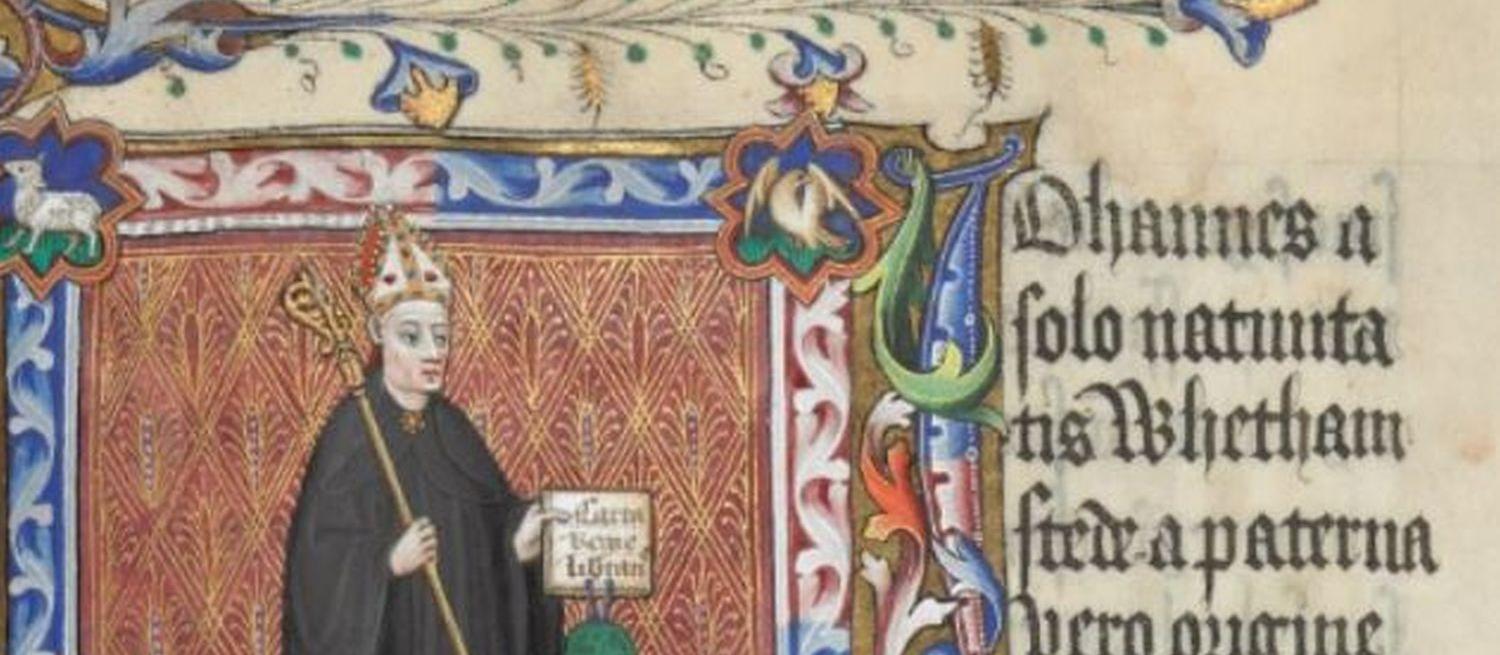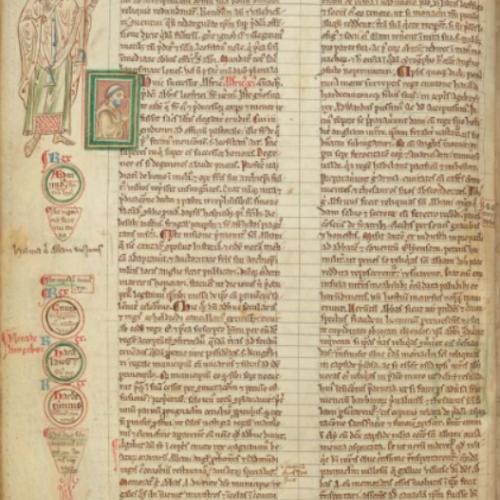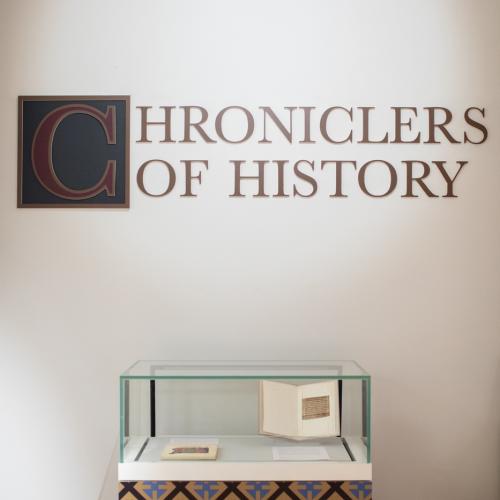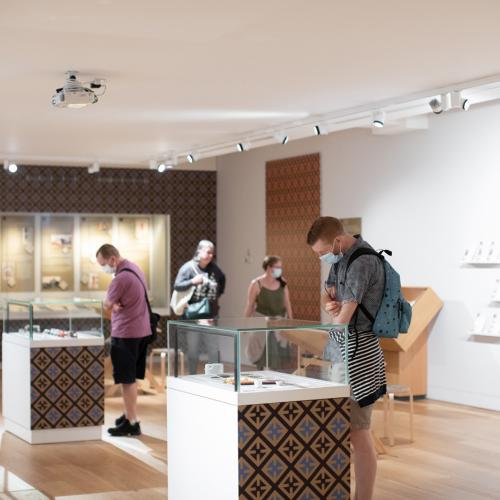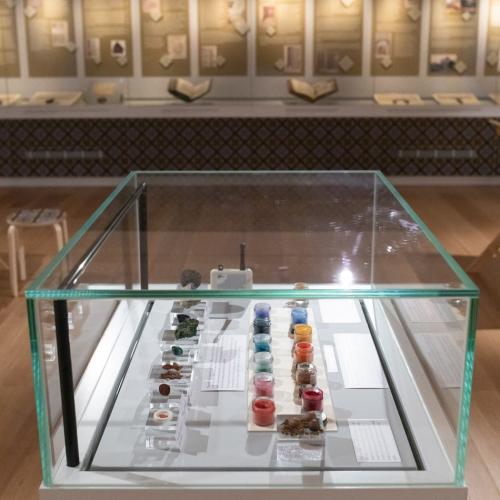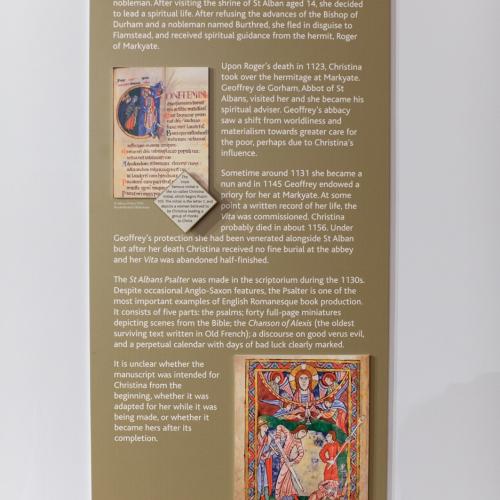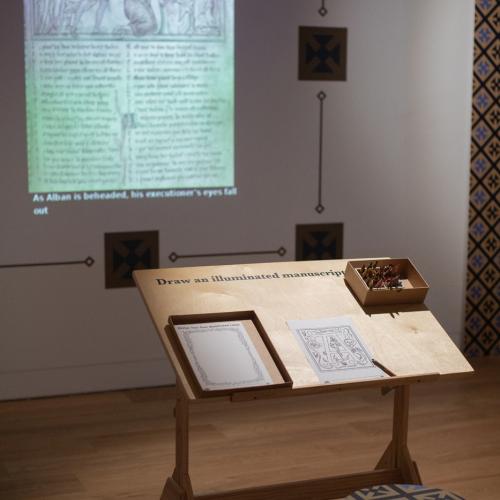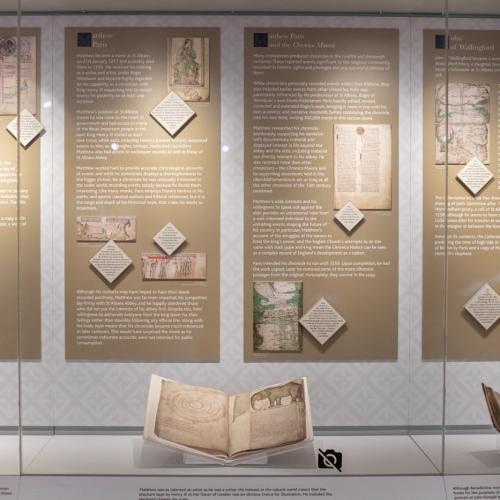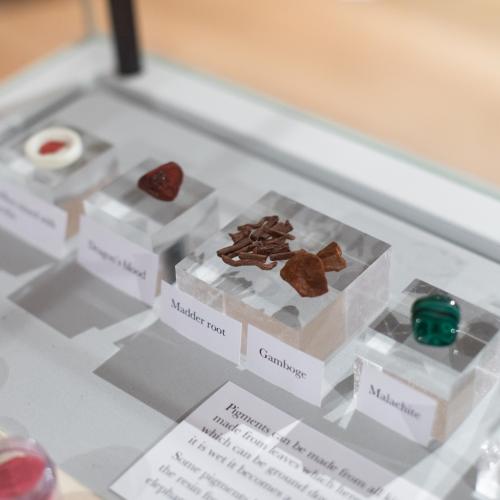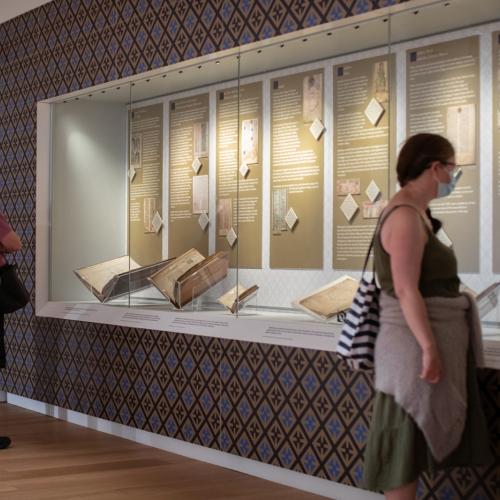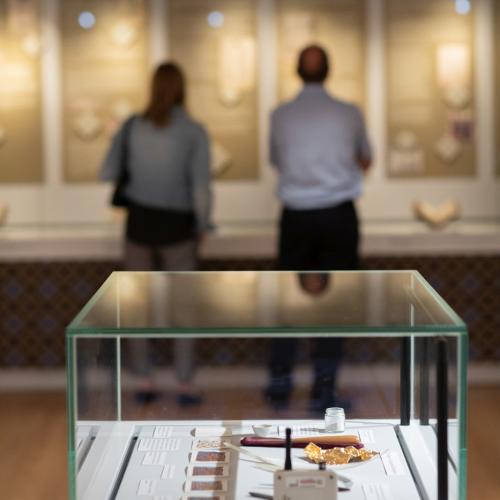During the medieval period the monastery of St Albans had a national reputation for the quality of its chroniclers. From the twelfth until the fifteenth century a series of monks produced histories of the events affecting the church (and in particular the Abbey of St Albans and its holdings) and state.
As one of the greatest monasteries in medieval england, and with a geographical position that placed it close to the events of the royal court and those who frequented it, the Abbey was able to make good use of its contacts to often provide first hand accounts of the activities of the king, his dukes and their followers as well as access to important documents to corroborate or source material from.
No other monastery produced histories for as long as St Albans, and many of its chroniclers, who included Roger of Wendover, Matthew Paris, William Rishanger, Thomas Walsingham and John of Wheathampstead, came to be celebrated as amongst the finest in the country.
Matthew Paris' Chronica Maiora
This exhibition featured some of the most significant works by St Albans Chroniclers. Including records of significant events, caricatures of kings and even an accurate sketch of an elephant that lived in the Tower of London in the 13th century.
Also included in the exhibition were the materials used to make medieval manuscripts - visitors were invited to watch the films to learn about the complicated processes and exotic-sounding materials that were used to create these works of art.
